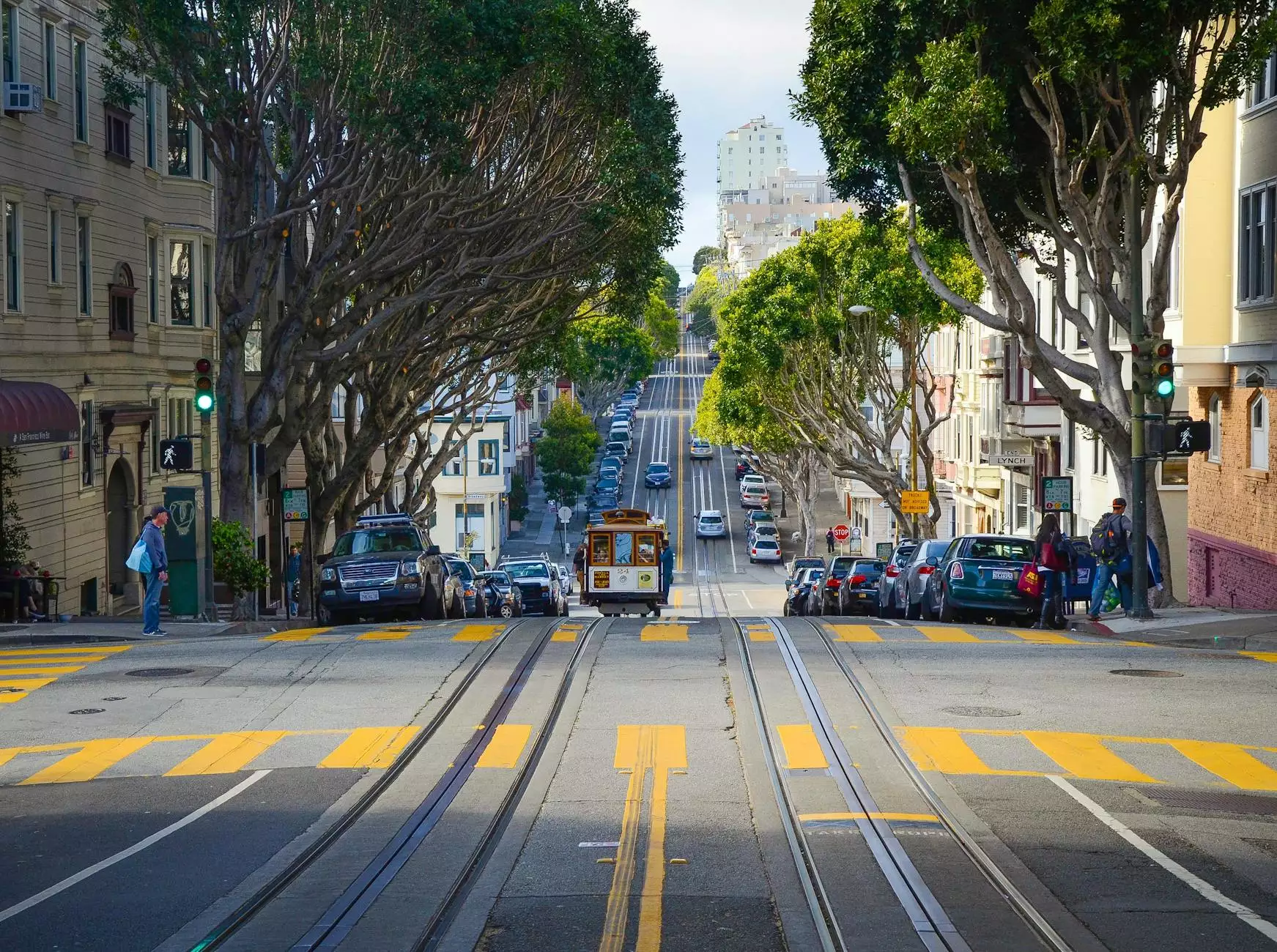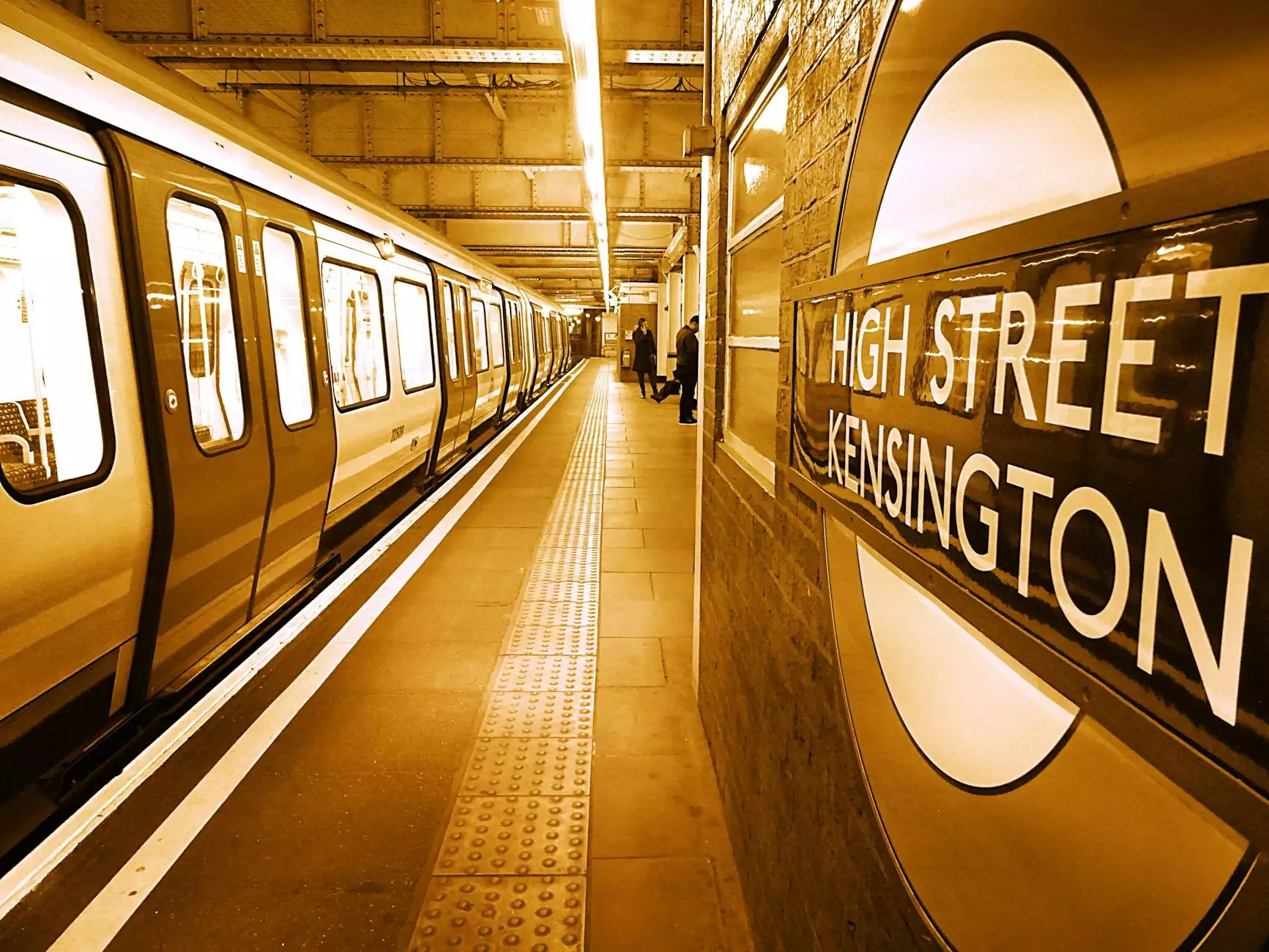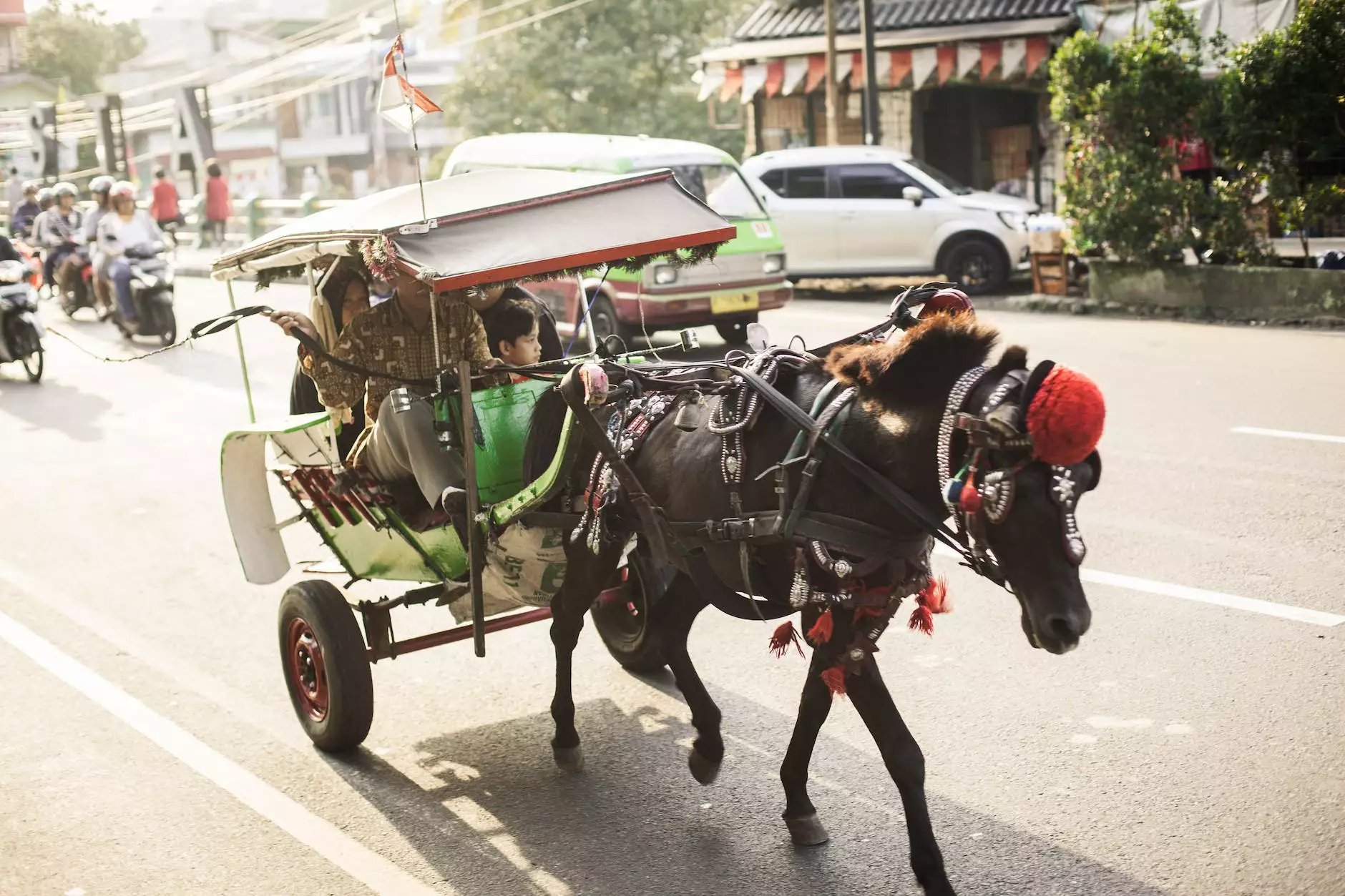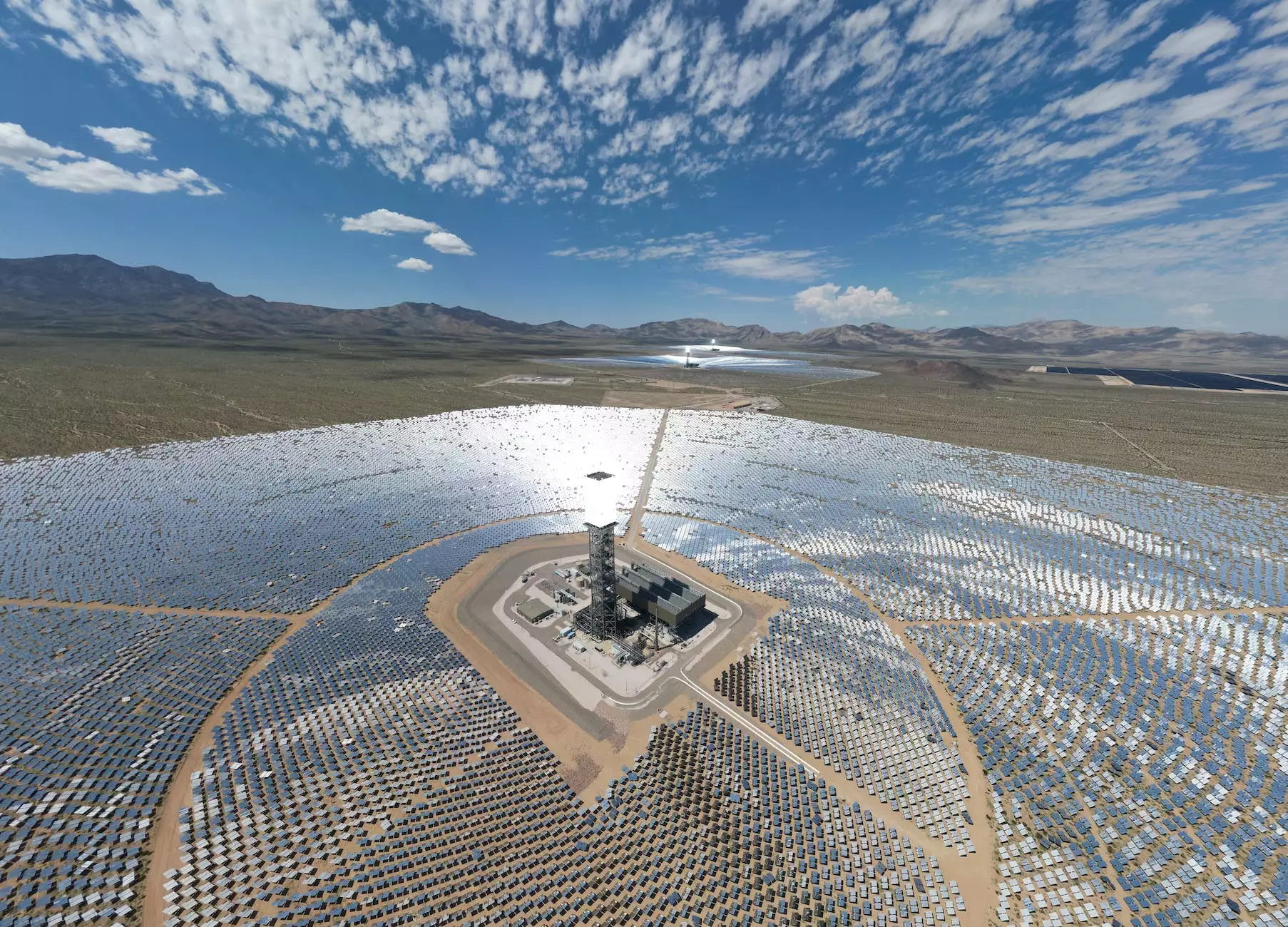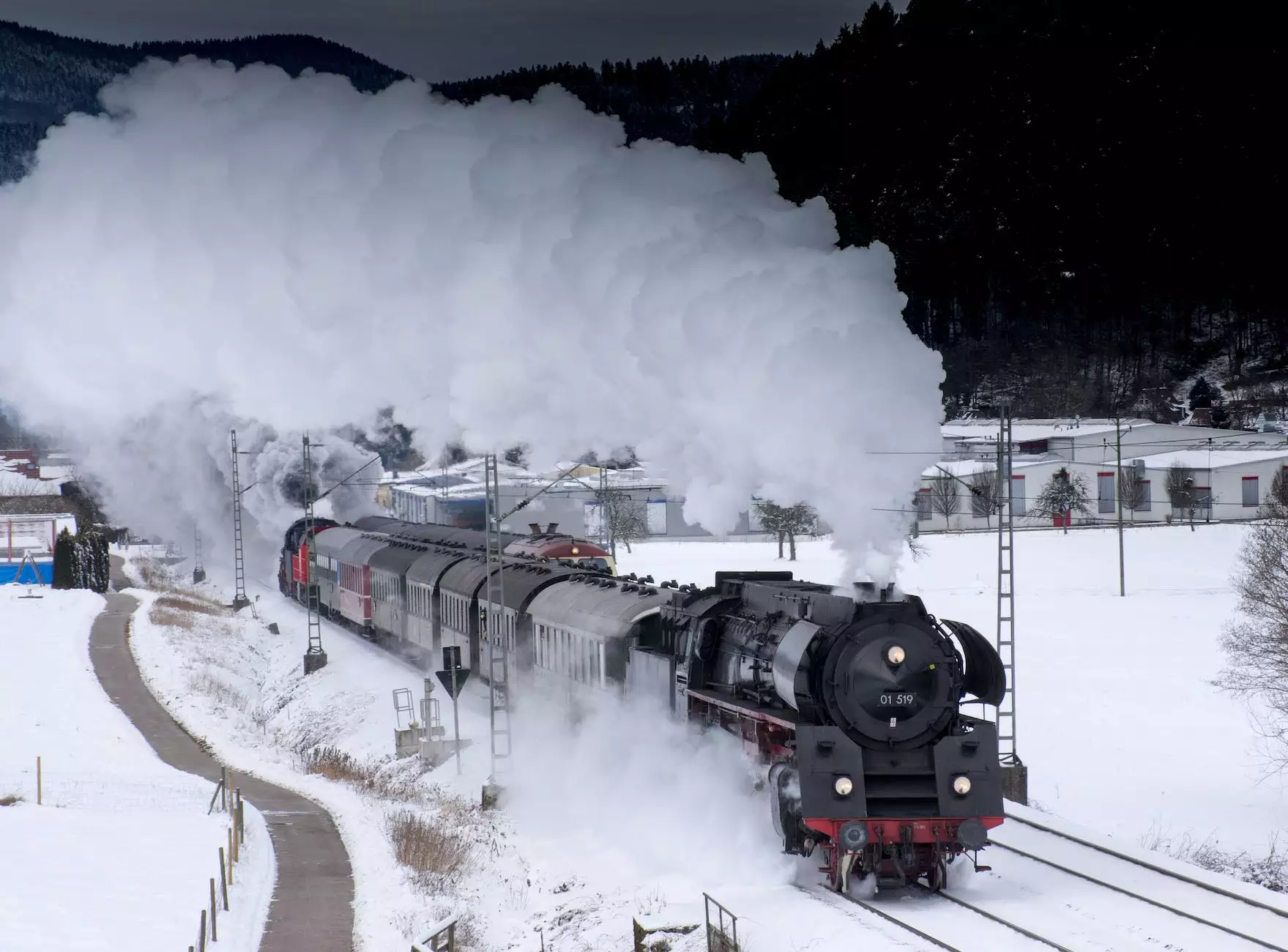1900-1919 - February 08, 1911 - Pacific Electric

The Pacific Electric Railway
Welcome to La Historia Society's page dedicated to the historical events that took place on February 8, 1911, with the Pacific Electric Railway. This iconic transportation system played a significant role in shaping the community and society during the early 1900s. Join us as we delve into the fascinating details of this pivotal moment in history.
Exploring February 8, 1911
On this particular day in history, the Pacific Electric Railway, also known as the "Red Cars," was at the center of attention. These electric-powered interurban trains provided reliable transportation throughout Southern California, connecting various cities, neighborhoods, and communities.
The Rise of Pacific Electric
The Pacific Electric Railway was established in 1901 and quickly expanded its network across the region. Its efficient and extensive transportation system revolutionized the way people traveled and shaped the development of the surrounding areas. The Red Cars not only facilitated commuting but also offered opportunities for leisure, connecting people with entertainment venues, parks, and beaches.
Benefits for Communities
The presence of the Pacific Electric Railway had a profound impact on local communities. It fostered growth, increased accessibility, and facilitated economic development by providing convenient transportation options for both residents and businesses. The electrification of the railway allowed for quieter and faster travel, creating a more connected and vibrant region.
Key Developments
Urban Expansion
With the Pacific Electric Railway's extensive network, cities across Southern California witnessed rapid urban expansion. As new lines were built, previously isolated areas were connected, encouraging population growth and the establishment of new communities. This expansion brought about changes in the landscape, opening up opportunities for housing, commerce, and cultural exchange.
Railway Infrastructure
The construction of the Pacific Electric Railway required significant investment in railway infrastructure. Tracks were laid, stations were built, and maintenance facilities were established. Each aspect of the railway's infrastructure contributed to its overall success, enabling efficient operations and ensuring the transportation needs of the community were met.
Social Impact
The Pacific Electric Railway played a vital role in promoting social integration by connecting diverse neighborhoods and communities. This allowed for the exchange of ideas, cultural diversity, and the formation of new social connections. The railway also provided access to educational institutions, healthcare facilities, and recreational areas, fostering a sense of community and improving quality of life.
The Legacy Lives On
Although the Pacific Electric Railway ceased operations in the 1960s due to changing transportation trends, its impact on the community and society remains significant. The remnants of its infrastructure and the memories of its iconic Red Cars serve as a testament to the rich history and progress of Southern California.
Join La Historia Society
We invite you to continue exploring the history of the Pacific Electric Railway and other captivating stories of our community at La Historia Society. As a platform dedicated to preserving and sharing historical knowledge, we strive to provide comprehensive and engaging content that sheds light on the events that shaped our past.
Discover More with La Historia Society
La Historia Society is a community and society-focused website that aims to connect individuals with the vibrant history of Southern California. Through in-depth research, compelling articles, and immersive storytelling, we bring to life the stories that molded our community.
Stay Informed
To stay up-to-date with our latest articles, historical insights, and upcoming events, be sure to subscribe to our newsletter or follow us on social media. Join us in our mission to celebrate and preserve the rich heritage of Southern California.

